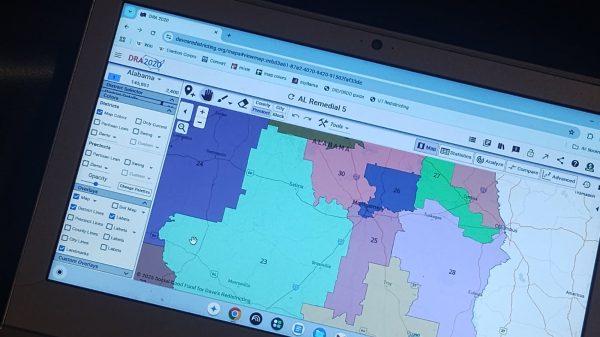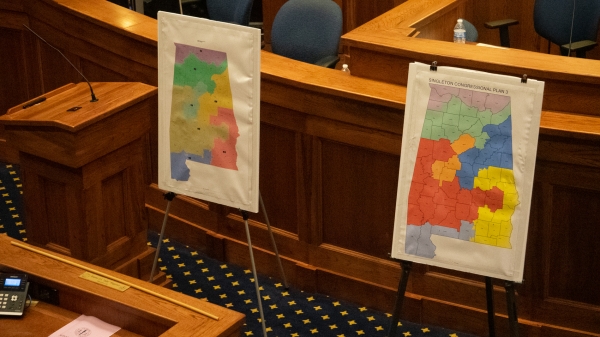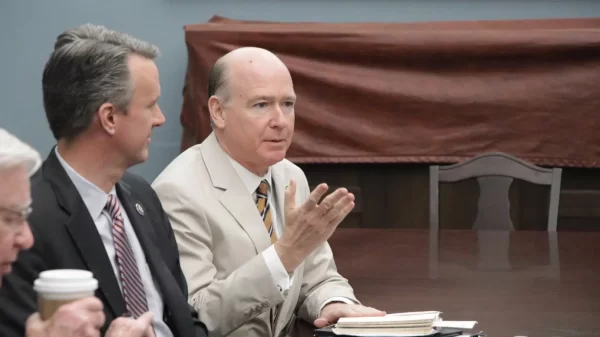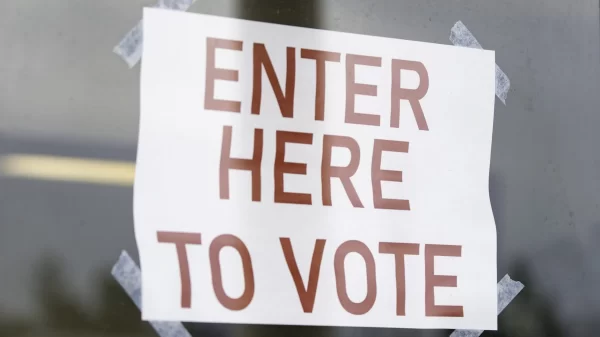Education Matters
By Larry Lee
We all remember as kids looking at a sheet of paper with what seemed to be random numbers on it. Then we would take a crayon and draw a line from 1 to 2 to 3 to 4 and so on.
Suddenly, to our delight, the outline of a house or a boat or a horse or a doll would appear. It was our first experience at “connecting the dots,” at seeing “the big picture.” Unfortunately, this process seems to have eluded policy makers in Montgomery recently and we end up with too many decisions with unintended consequences.
The Alabama Accountability Act is a prime example.
We have been told repeatedly by those who concocted this bill making major policy changes in education that it is all about helping children and schools that are considered “failing.”
On May 10, 2013, Senator Del Marsh, who engineered the accountability act told AL.com, “This is about helping parents and children in the state of Alabama. That’s exactly what this is about. It’s about those failing systems finally having a chance.”
But is it really? Time to connect some dots and see. Let’s look first at these failing schools.
There were 180 schools on the original failing list. (But since the definition of failing has been a moving target, who knows how many will be on the final list.)
Of these, 156 of them have at least 70 percent of their kids on free-reduced lunch. That’s 87 percent that are high poverty schools. This concurs with the long determined reality that poverty is a great indicator of school performance.
So one of the dots is poverty.
Where are we most likely to find these failing schools?
If we look at the ten counties with the highest rate of unemployment in March 2013, we see they have a total of 80 schools with 31 percent of them failing. Free-reduced lunch rate for all 80 schools in 82.9 percent. (Since March 2010, these counties have only gained 1,133 new employees, a 2.2 percent increase.)
By comparison, there are 330 schools in the ten counties with the lowest unemployment rates in March. Only eight percent are failing and only 42.4 percent of all students receive free-reduced lunches. (In the last three years, these counties have gained 47,085 new employees, an increase of 8.3 percent.)
So poverty plays a huge role in how well the students in a school do. And the rate of poverty is much, much greater in smaller, more rural counties with a stagnant economy.
So another dot is a struggling local economy. Our poorest counties with the least resources to support education are the ones most likely to need the most help.
But what does the Alabama Accountability Act do? It tells failing schools in poor counties that the answer to their problem is less resources. The state department of education believes that the tax credits set aside by this act will cost school systems $94.27 per student. This means the 80 schools (with 28,346 students) in the 10 counties with highest unemployment will lose $2,684,933.12.
That’s $2,684,933.12 less to use to buy textbooks and diesel fuel, pay the electric bill, hire reading coaches, etc.
In other words, while our legislators wring their hands about the plight of failing schools and their students, they ignore the realities that connecting some dots would show them.
They have twisted the old adage, “When you’re in a hole, stop digging,” to mean “When you’re in a hole, get a bigger shovel.”
Somehow, the declaration that, “This is about helping parents and children in the state of Alabama. That’s exactly what this is about. It’s about those failing systems finally having a chance,” just doesn’t sound sincere.
Larry Lee led the study, Lessons Learned from Rural Schools, and is a long-time advocate for public education. [email protected] read his blog: www.larryeducation.com





















































